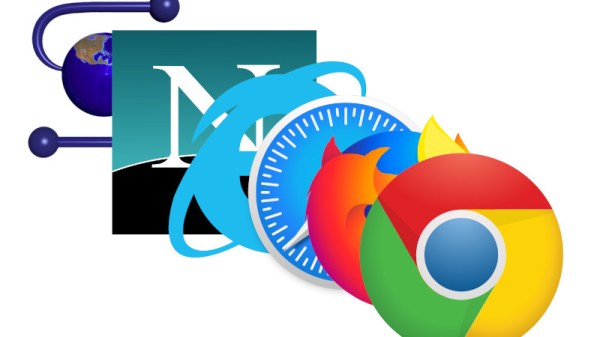There once was a man who invented a means for publishing scientific documents using hypertext. He made his first documents available from his NeXT cube, and a lot of the academics who saw them thought it was a great idea. They took the idea, expanded it, and added graphics, and pretty soon people who weren’t scientists wanted to use it too. It became the Next Big Thing, and technology companies new and old wanted a piece of the pie.
You all know the next chapter of this story. It’s the mid 1990s, and Microsoft, having been caught on the back foot after pursuing The Microsoft Network as a Compuserve and AOL competitor, did an about-turn and set out to conquer the Web. Their tool of choice was Microsoft Internet Explorer 3, which since it shipped with Windows 95 and every computer that mattered back then came with Windows 95, promptly entered a huge battle with Netscape’s Navigator browser. Web standards were in their infancy so the two browsers battled each other by manipulating the underlying technologies on which the Web relied. Microsoft used their “Embrace and extend” strategy to try to Redmondify everything, and Netscape got lost in the wilderness with Netscape 4, a browser on which nightmarish quirks were the norm. By the millennium it was Internet Explorer that had won the battle, and though some of the more proprietary Microsoft web technologies had fallen by the wayside, we entered the new decade in a relative monoculture. Continue reading “The World Of Web Browsers Is In A Bad Way”











